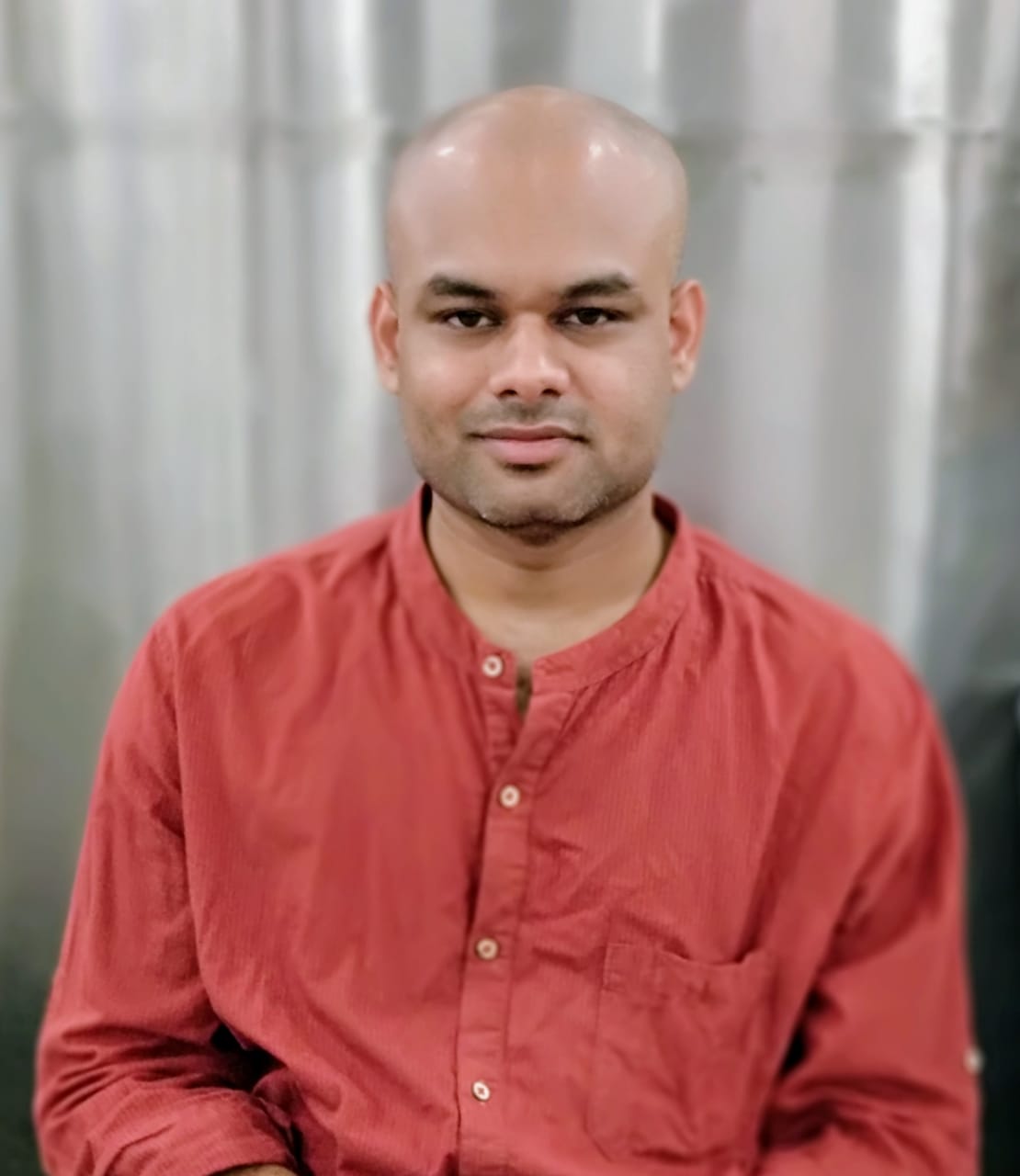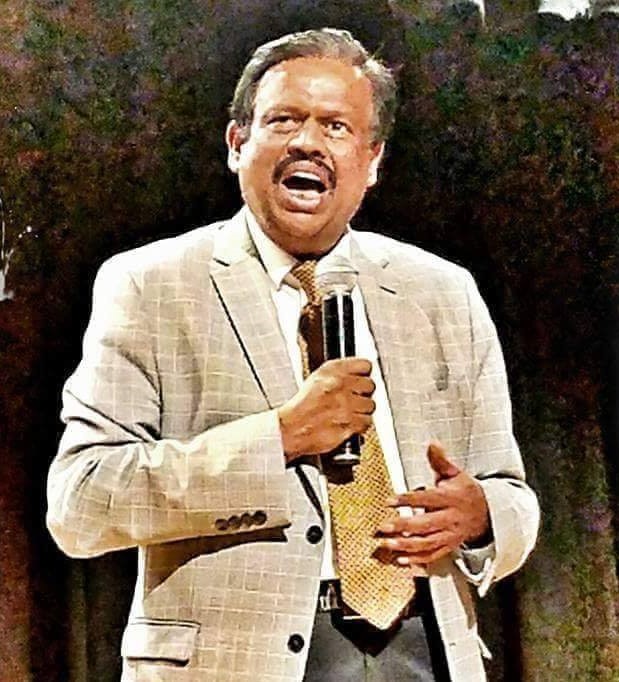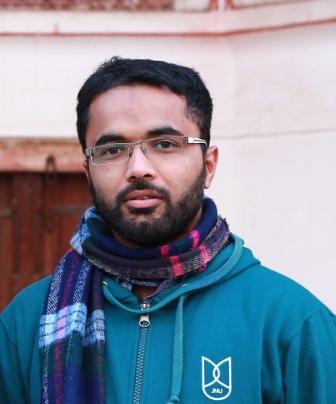Piyush Kant
 The question of depicting caste or its lack/invisibility thereof in the Hindi mainstream cinema has been a longstanding puzzle for many generations of viewers and critics. Recently Article 15 became one of those rare movies that ended up generating extreme sentiments of hurt equally on either side of the caste divide. Like his previous outing Mulk wherein the Director Anubhav Sinha looked into the question of communalism in a city of Uttar Pradesh.
The question of depicting caste or its lack/invisibility thereof in the Hindi mainstream cinema has been a longstanding puzzle for many generations of viewers and critics. Recently Article 15 became one of those rare movies that ended up generating extreme sentiments of hurt equally on either side of the caste divide. Like his previous outing Mulk wherein the Director Anubhav Sinha looked into the question of communalism in a city of Uttar Pradesh.
In Article 15 he deals with the question of caste in the settings of Uttar Pradesh again. A place where he has not only grown up but forms an integral part of his personality, as explained by him in a few of his interviews like the one to Neelesh Misra. This makes the movie profoundly personal on the part of Sinha (an upper caste self), through which he goes deep within his own moral universe by probing deeper his belief set and value system. Thus when Sinha gets criticised for not questioning the basis of caste system in Article 15, as certain sections expected him to, one must remember that it was not something that he originally sets out to achieve in the first place.
Another major criticism that the movie faced was of it being a shoddy piece of art. To that one can concur, that the narrative of Article 15 seems a bit tedious at points where the editing could surely have been tighter or the screenplay a bit pacier for a thriller. But then that can be a criticism of Sinha’s craft not matching up to some of the master auteurs of the past. And not something that can be squarely blamed on his caste per se. Article 15 is otherwise a taut thriller that keeps the audience engaged. Especially the cinematography of Ewan Mulligan seems on point. Especially the scene where a sanitation worker is shown to be emerging out of a manhole, one could almost smell the stench perforating out of the silver screen at that point, so much so that a good number of the audience inside the cinema hall could be seen twisting and turning in their seats. Proving that it might well be the very first time when they would have witnessed something like this up close and realizing in the process as to actually on whose shoulders the foundations of a Swachh Bharat rest.
There has also been criticism of Sinha for his alleged Saviour complex. But then even a cursory look at Hindi movies from the days of Achhut Kanya, Sujata in the classic era to the new wave Ankur followed by the likes of Bandit Queen and the contemporary Hindi cinema offerings like Aarakshan, et al. The directors and team behind them have mostly tried to commoditize the Scheduled Caste experience. Thus many of the directors of the alleged new wave cinema were a lot of times found feeding into the guilt ridden appetites of the urbane, sophisticated, allegedly intellectual audiences residing in the cities. Wherein the film festival circuit hopping, largely upper caste audience/academics with their Champagne Socialist sense of justice was mostly found going back and writing lyrically about the subaltern experience in their choice academic journals or magazines, a fashion that has continued till date. Somewhere in this long chain also lies the Prakash Jha School of part activist-part commercial line of cinema from Damul to Gangaajal and Aarakshan. Movies like this in reality can be seen suffering from the actual Savior complex that have indulged in turning their protagonists into the Messiahs that the Ambedkariite movement would probably not have approved of.
Hindi mainstream cinema for that matter can rightly be accused of grossly misrepresenting the question of caste through movies like Souten, 1983 starring Rajesh Khanna that depicted Shreeram Lagoo (a fair looking Chitpavan Brahmin by birth) in the role of an untouchable by painting his face black or his daughter in the movie Padmini Kolhapure, as darker in shade. However Souten somehow missed the criticism that it deserved, but a certain Gulzar was made to tweak the lyrics of his song Dhante Nan in the movie Kaminey more than two decades later, just because it mentioned the name of a caste that some sections found offensive. So the mere twist from Teli (caste) to Tilli (oilseed) was able to magically heal the hurt caste sentiments of a few! Something of a similar nature seems to be happening with Article 15 as well. Where in place of asking substantive questions like; as to why do the Scheduled Castes still not have their own versions of a Spike Lee, Ava DuVernay or Justin Simien making the Indian equivalents of a Do the Right Thing, Selma or Dear White People in mainstream Hindi cinema? All of them Hollywood movies built around race relations, critically acclaimed and entertaining with black directors helming them. But here in Bollywood a certain Neeraj Ghaywan (director of Masaan) cuts a lonely figure, who was audacious enough in disclosing his Scheduled Caste identity.
On the other hand a Kaala or Kabali directed by Pa Ranjith (belonging to a Scheduled Caste himself), originally in Tamil but widely dubbed and distributed in Hindi, having its own savior in the form of superstar Rajnikanth got appreciated at a big scale. Largely aided by glitzy screenplay, cool background score and a larger than life hero, both these movies were especially praised by the same set of people who have been up in arms against Article 15. In contrast to these two characters, the firebrand leader of Scheduled Castes Nishad in Article 15 mouths lines such as “We were not the first, nor will we be the last” (fighting against social injustice). This scene breaks the myth of an alleged social justice messiah and puts the onus of liberation on the shoulders of the oppressed themselves. In fact Dr. Ambedkar himself in Ranade, Gandhi and Jinnah while differentiating between a Messiah (political patriot) and an actual social reformer highlights that,“There is also another difference which is often lost sight of in estimating the courage shown by the social reformer and the political patriot. When the social reformer challenges society there is nobody to hail him a martyr. There is nobody even to befriend him. He is loathed and shunned. But when the political patriot challenges Government he has whole society to support him. He is praised, admired and elevated as the saviour.”
And that’s exactly where the much-celebrated protagonist of Pa Ranjith falls short of Ambedkariite politics of social reform. He comes across as a liberator with violence as his means, being in jail for considerable time but a celebrated Messiah once he is out and serving justice the way he knows best. But then Ranjith never gets accused of any of the criticisms being leveled against Sinha. Is it because of their caste status or something else? Nishad in another scene argues that his people cannot afford to be violent in their fight for social justice, as that in turn will jeopardize their cause. A position in alignment with the constitutional values that Ambedkar himself would have approved of. But in the humdrum of taking a ‘for’ or ‘against’ position in case of Article 15 these little subtleties are largely missed.
Finally on the question of Sinha using Gandhian methods or tropes in the movie. The use of Vaishnav Jan song to the alleged “balance to be maintained” in society argument (as one of the character argues) we do come across Gandhian tropes at display. But then in another symbolic scene where Khurrana is shown entering the swamp to find the missing girl with other policemen, when his fellow caste mates refuse to enter along with him because of their caste statuses, he gets a Yadav and Jatav policemen volunteering for help. Something that can symbolically be associated with the coming together of two strong political parties representing Bahujan interests in the recently held Lok Sabha elections in the state of Uttar Pradesh. But this nuance again is missed by a majority of the critical voices on either side of the divide. More importantly, the search in itself for the missing girl and she being found after a lot of metaphorical and literal leaps of faith on the part of the protagonist. It is in equal measures a search of the protagonist’s own moral self and that of the director Sinha as has been referred to in the start of the article.
~~~
Piyush Kant is a PhD Research Scholar at the Centre for Political Studies, School of Social Sciences, Jawaharlal Nehru University, New Delhi.










